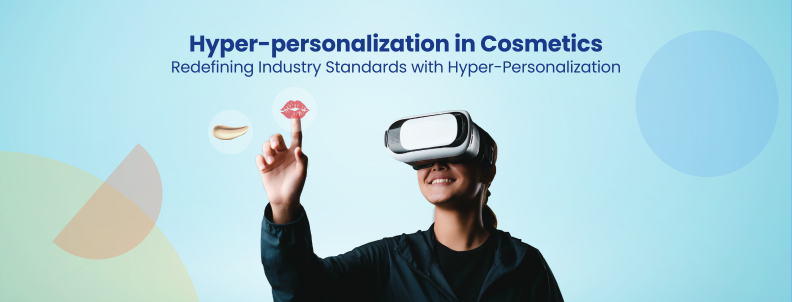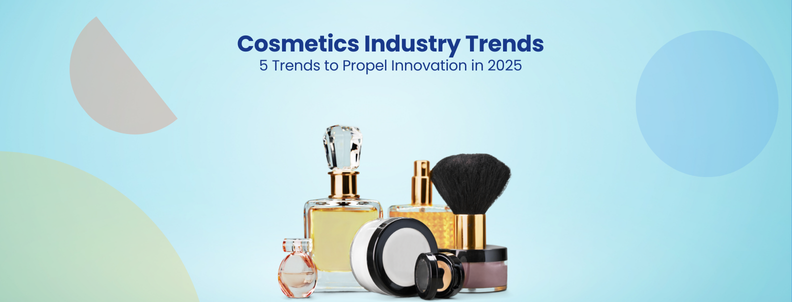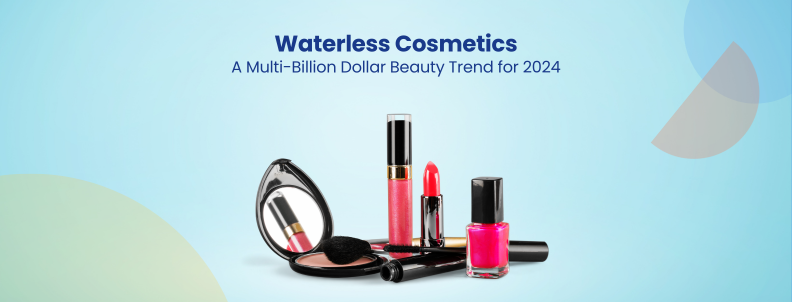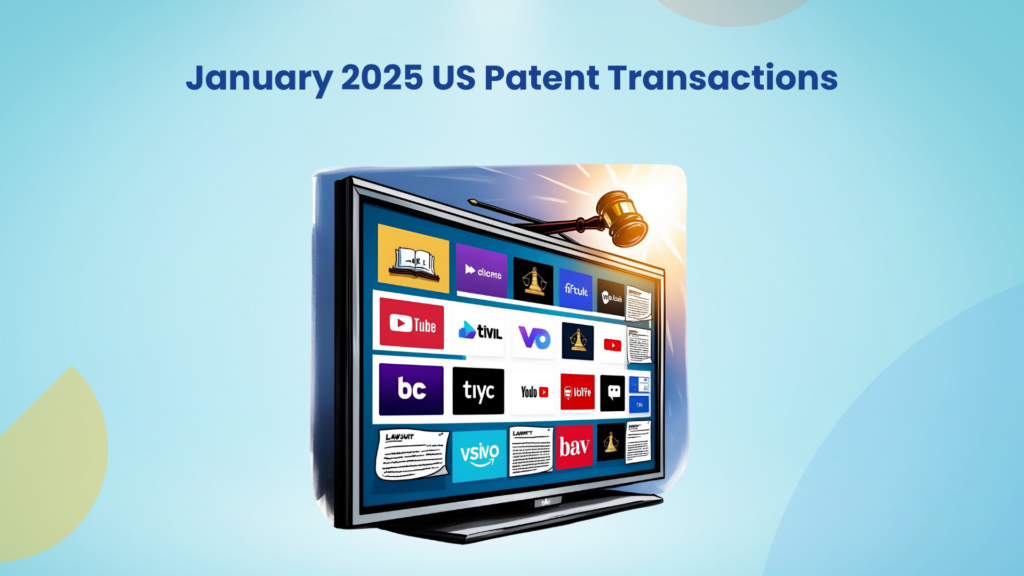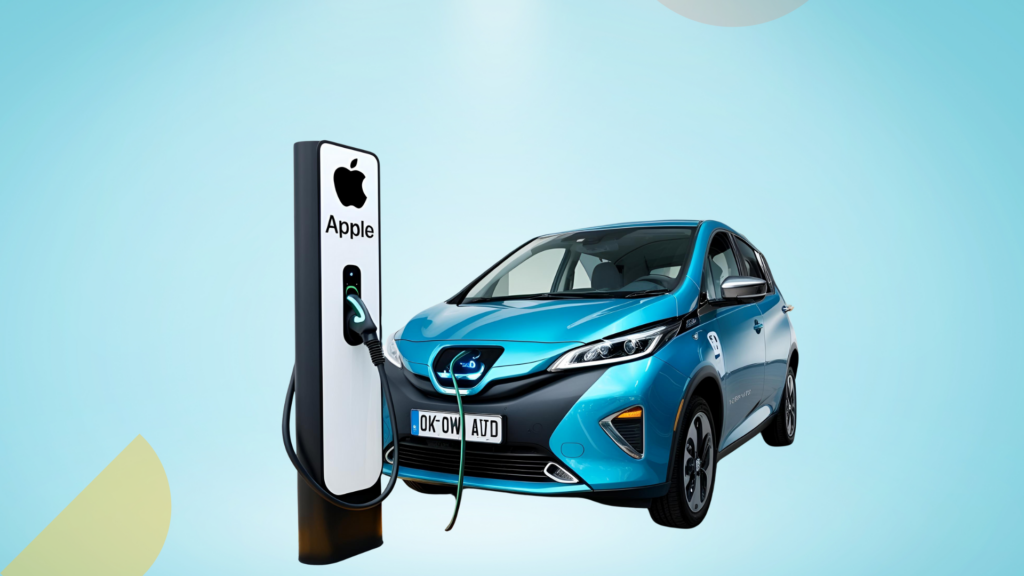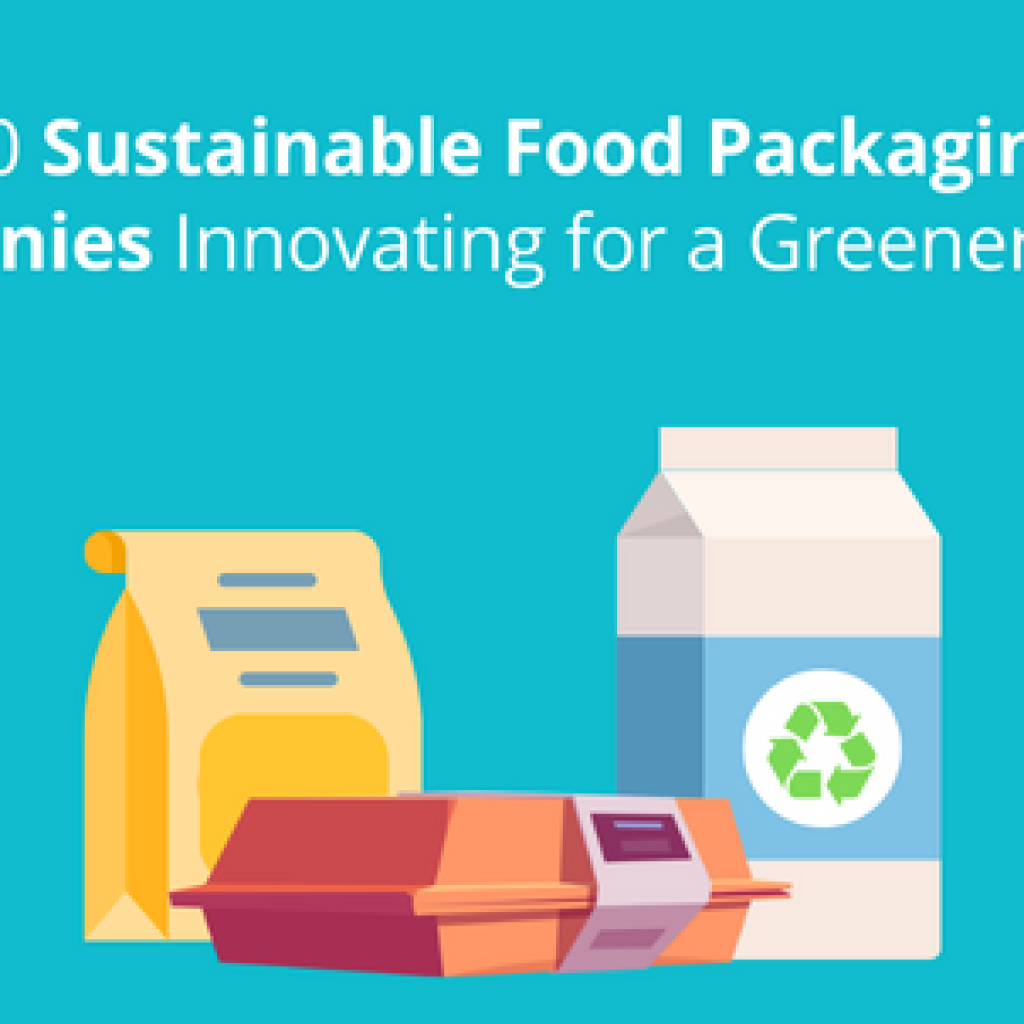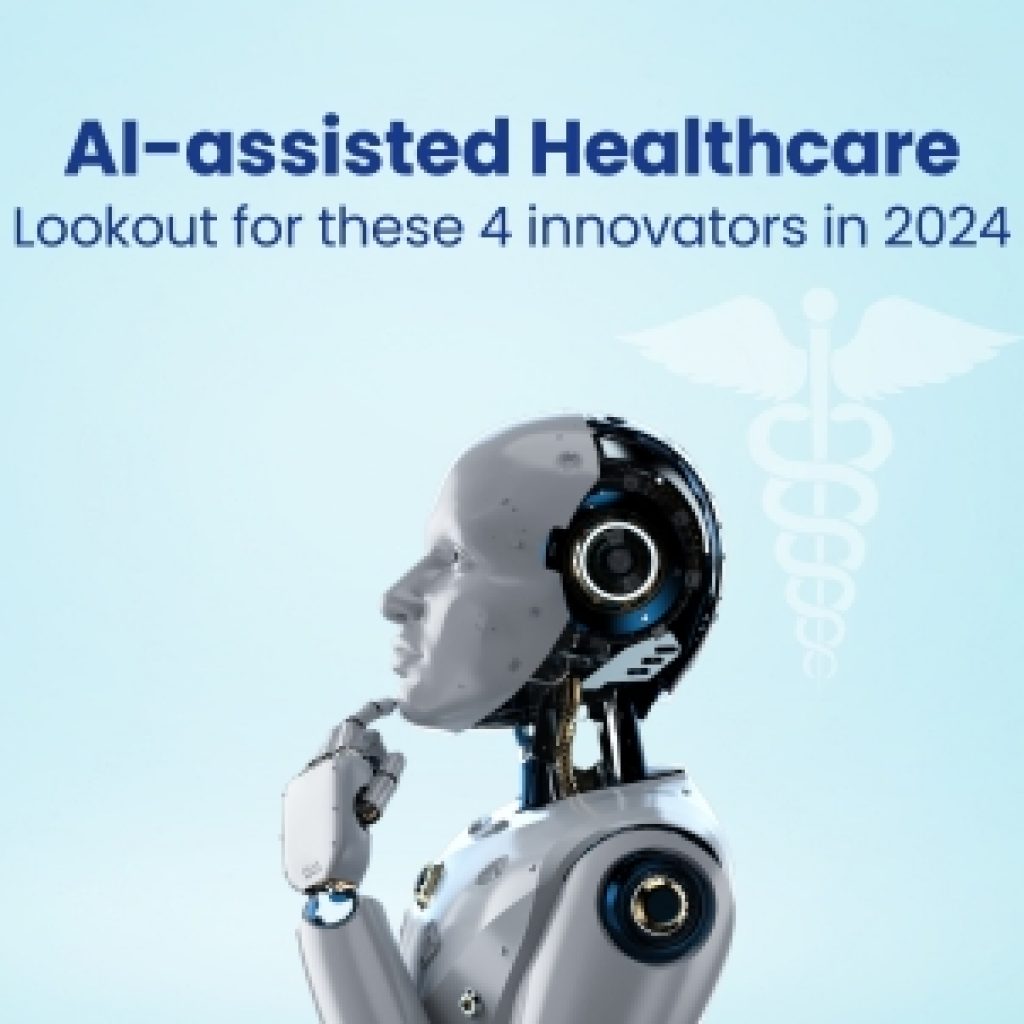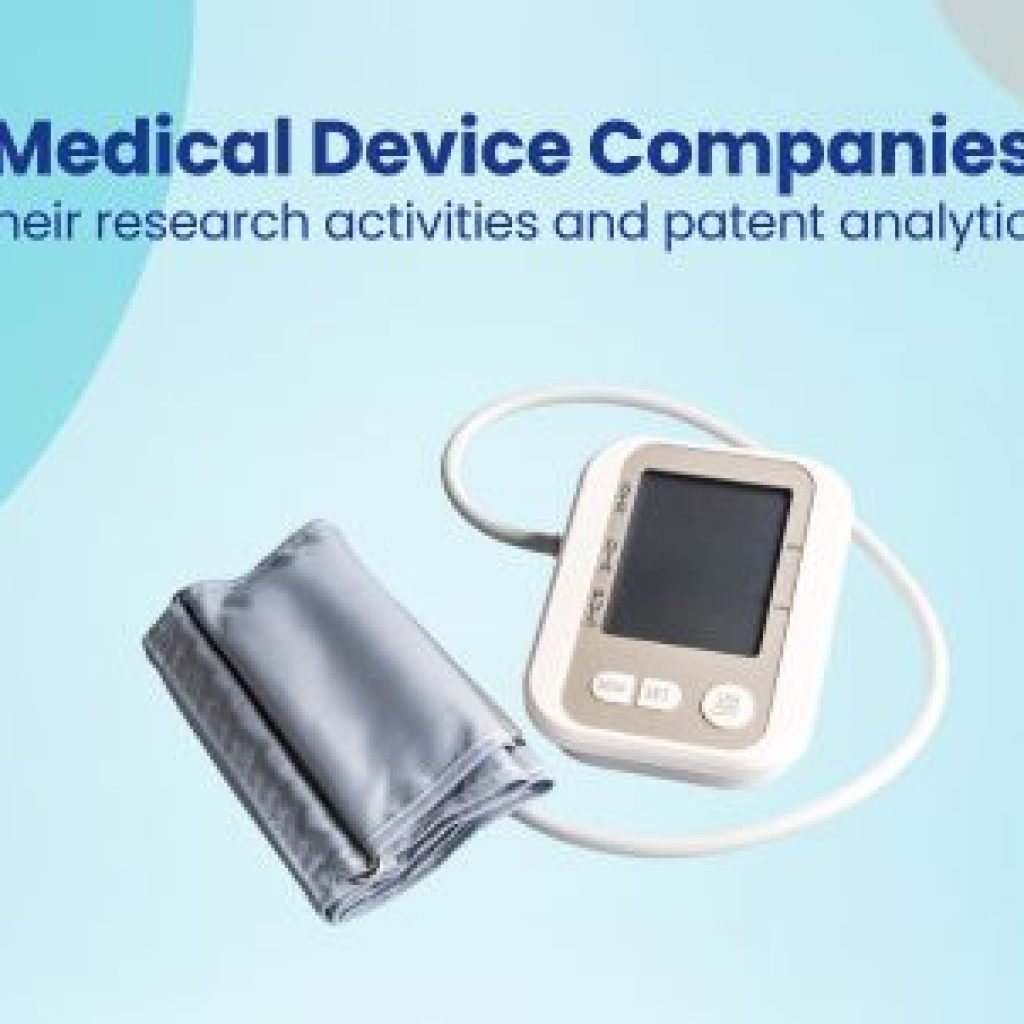The rising use of GLP-1 medications for weight loss has driven 62.4% of users to seek skin-tightening treatments due to side effects like sagging skin and volume loss. While many turn to surgery, there is a growing demand for non-surgical skincare treatments. Even among surgical patients, dermatologists recommend skincare devices to enhance and maintain the results. Such trends have led to a surge in the skincare devices market.
In the US, the aging population is driving the beauty industry. This expanding demographic seeks a youthful appearance. A study shows about 35% of older Americans have spent money trying to look younger.
One of the significant advancements in the market is using AI for real-time skin analysis to create personalized cosmetics and skincare products.
Our 2025 Beauty Devices Trend Report explores many such innovations. We analyzed 3000+ patents, market shifts, and emerging innovations to uncover hidden and cross-industry developments of leading skincare device brands. Fill out the form below to get the full report.

Trend 1: All-in-One Products for Salon-Like Skin Treatments at Home
A Mintel survey found 64% of U.S. consumers prefer multi-purpose skincare products over single-use products. Modern consumers with fast-paced lives prefer at-home beauty treatments instead of frequent salon visits. They want devices that simplify their skincare routines.
46% of consumers say they’re willing to pay more for products that make life easier. Such consumer preferences have led to multifunctional skincare device trends.
Aalok integrated ultrasound, microcurrent, electroporation, and LED therapy into one device.
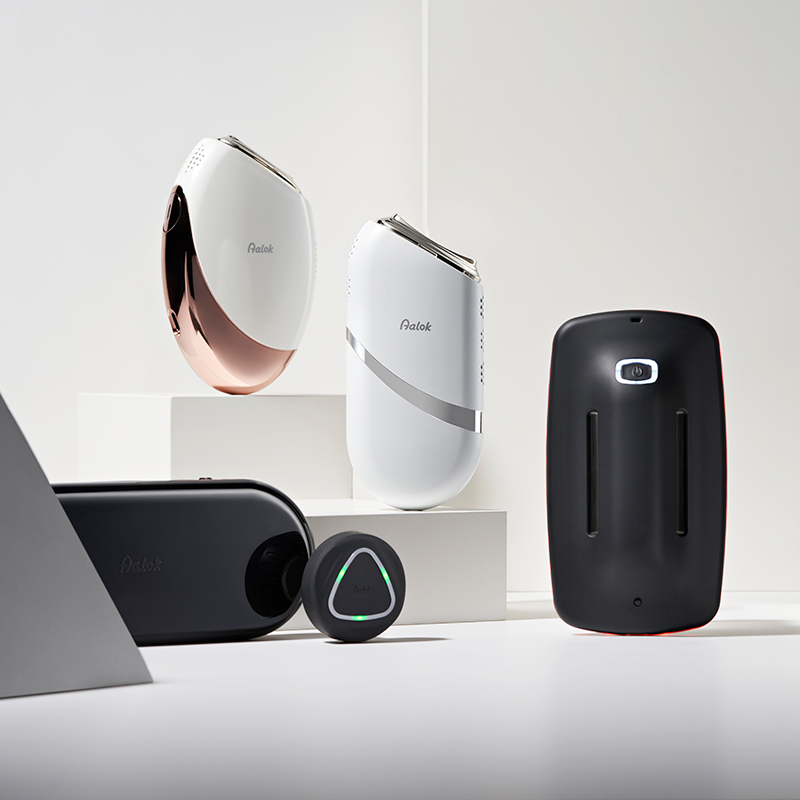
Aalok’s skincare device combines ultrasound, microcurrent, electroporation (EP), and LED light therapies into one unit. These multiple skin treatment technologies help tighten the skin, stimulate collagen production, reduce wrinkles, and cleanse pores. They can be applied simultaneously or alternately according to pre-set modes. The device provides a professional-grade, all-in-one skincare solution for effective at-home treatment.
The device offers multiple wavelengths for LED therapy — infrared, red, yellow, and green. These wavelengths range from 520 nm to 1 mm to target different skin concerns.
LED Beauty Devices are classified under Class II and require 510(k) clearance. Without FDA clearance, a company cannot legally sell these skincare devices in the U.S. market. Want to discover if this patented technology has won 510(k) clearance?
Talk to our experts
Trend 2: Merging Physical and Virtual Beauty For Personalized Recommendations
The product landscape in 2025 is rich with AI-driven skincare devices in the market. Samsung made headlines at CES 2025 with its MICRO LED Beauty Mirror. Developed with Korean giant Amorepacific, this AI-powered mirror can check for wrinkles, pores, dark spots, and redness in just 30 seconds and provide personalized skincare advice.
Samsung’s display technology ensures a clear reflection, while Amorepacific’s AI algorithms ensure user-specific recommendations.
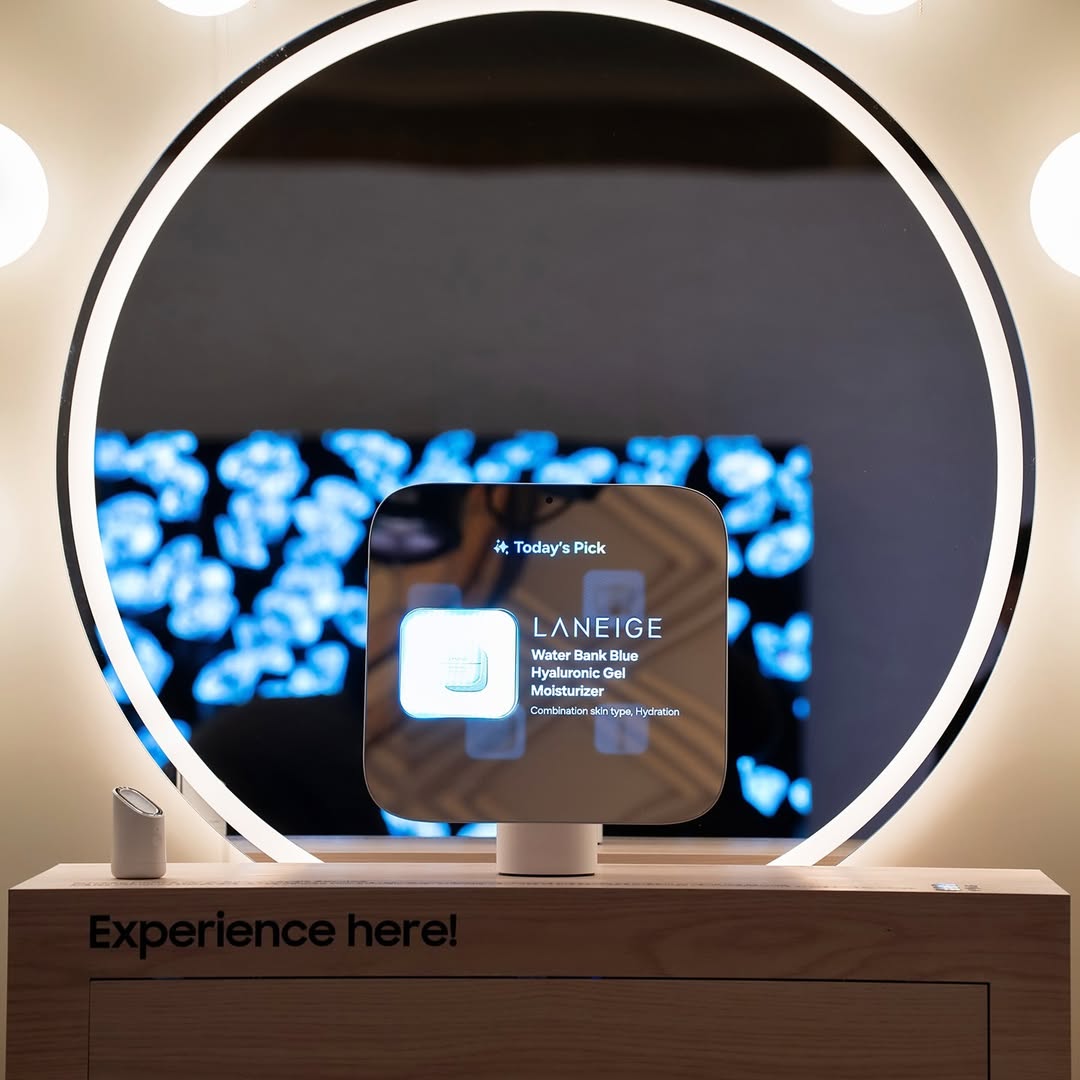
Apart from this, Amorepacific also unveiled its WANNA-BEAUTY AI at CES 2025. The voice-activated AI tool analyzes skin tone, facial features, and proportions to suggest personalized makeup styles. Users can also try different makeup looks virtually. Such cutting-edge prototypes are shaping consumer expectations.
Humanoid LABs’ smart cosmetic system bridges AR, VR, and reality
Humanoid LABs developed a smart cosmetic system that enables users to try and apply makeup across different realities—the physical world, augmented reality (AR), and virtual reality (metaverse). The user can seamlessly switch between real and digital makeup, trying out new styles before committing to it in reality.
One of the key features of this system is its ability to learn from user interactions. The system can suggest real-world products to match if someone uses a particular makeup style in AR or VR. Similarly, if a user applies physical makeup, the system can generate a digital version for virtual spaces like social media or the metaverse. This feedback loop ensures a highly personalized experience.
AI analyzes user preferences and previously selected makeup styles to recommend new ones.
To make personalized recommendations, the system studies skin tone, facial features, color preferences, and occasion-specific trends.
The patent also describes a smart cosmetic dispensing system. The system features tools like a spray canister for airbrush effects and a pen for fine-line applications like eyeliner. The device can monitor product volume, color, and formula, ensuring users apply the right amount of makeup without waste.
KMT International’s smart nail art system offers virtual previews
The patent describes a system that helps users choose and apply nail art based on their hairstyle and makeup. It includes a virtual experience device that scans the user’s skin tone and facial features to suggest a personalized style. The user can then preview different nail art options before selecting the one that best suits them.
Once a design is chosen, the system offers multiple application methods: direct nail printing, creating nail stickers, 3D printing artificial nails, or requesting a professional nail artist to apply the selected design. It also includes voice-command features and smart customization for users with specific nail conditions, like ingrown or damaged nails. This system enhances convenience, personalization, and accuracy, making it a valuable tool for both consumers and professional nail salons.
Trend 3: No More Generic Solutions, Real-Time Skin Analysis For Hyper-personalization
The skincare devices market is shifting toward hyper-personalization, with 72% of consumers willing to pay more for customized skincare and cosmetic products. However, only 23% of brands offer such options, revealing a significant gap between consumer interest and industry offerings.
L’Oréal is capitalizing on this shift with CUSTOM D.O.S.E. The skincare service enables dermatologists to create personalized serums with lab-grade active ingredients on the spot. With over 2,000 algorithm-driven combinations, D.O.S.E ensures tailored skincare for diverse skin concerns. The final serum comes with a custom label, an expiration date, and a barcode for easy reordering.
This isn’t all. L’Oréal is extensively working on many more customized skincare systems. Keeping up with such advancements can help R&D teams spot market gaps and seize innovation opportunities ahead of competitors. Slate gives you real-time updates on emerging technology in your industry to maintain your competitive edge. Just ask, “What are L’Oréal’s latest advancements in customized skincare?”
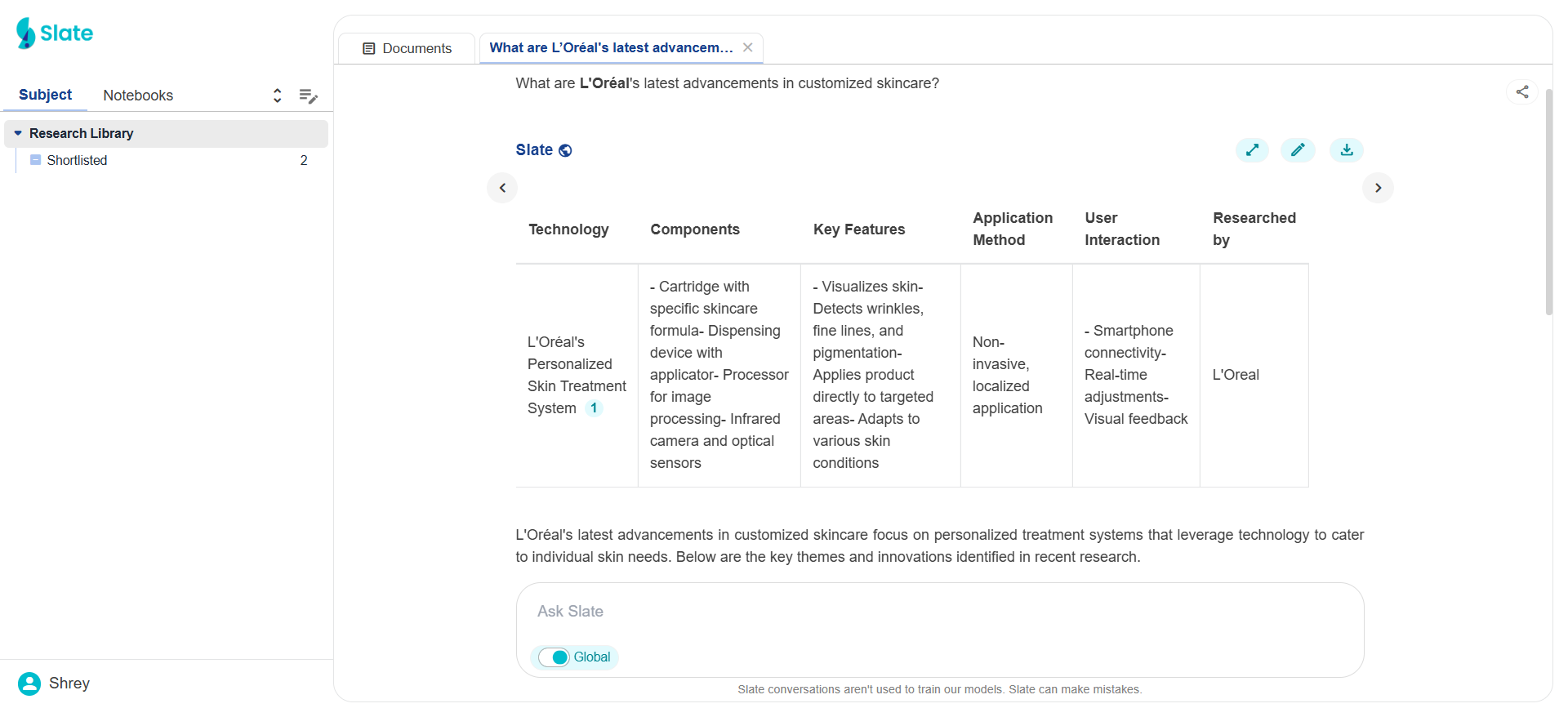
Almond & Co.’s skincare device adjusts galvanic currents based on real-time skin moisture analysis
Almond & Co.’s skin care treatment device adjusts galvanic current in real time to deliver customized treatment for individual needs. The device continuously measures skin moisture and oil levels to adjust galvanic currents for the most suitable treatment. For example, if the moisture level in the skin exceeds a certain threshold, the power is automatically turned off.
A noteworthy aspect of this patent is that one of its family members has already been granted. Almond & Co. is still innovating in this space and has filed a divisional patent application. These activities highlight the patent’s technological significance in the industry.
Trend 4: Cosmetic Product Applicator Fueling the DIY Movement
An increasing number of consumers now prefer at-home beauty treatments for convenience, flexibility, and cost savings. Trends like “do-it-yourself” (DIY) are driving innovations in cosmetic applicators that can replicate salon-quality results at home.
Interestingly, companies outside the beauty industry, like Mitsubishi Pencils and Kuretake Co., have also filed patents in this space. Both companies are renowned in the arts and crafts domain. This cross-industry investment highlights the growing significance of cosmetic product applicators.
CHANEL’s cosmetic applicator with spiraling branches applies liquid uniformly
CHANEL’s cosmetic product applicator is designed for smooth and uniform application of liquid, pasty, or viscous skincare and makeup products. It has a unique design. The applicator has a grip handle and an application endpiece featuring spiraling branches.
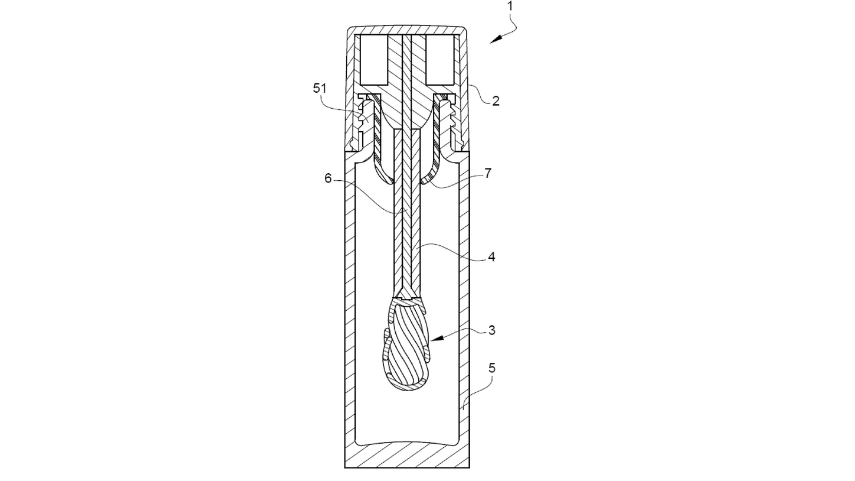
These branches rotate freely around a main axis to ensure smooth and uniform product application. This design is particularly useful for delicate areas like the eye contour. Additionally, the rotating motion provides a gentle massage, stimulating blood circulation.
Interestingly, CHANEL has invested considerably in innovation, with a patent family size extending across five related patents.
Mitsubishi Pencils’ innovation prevents condensation and ensures the smooth flow of liquid cosmetics
Cosmetic manufacturers use transparent material to make applicators, allowing users to check the liquid level and color. However, temperature change leads to moisture formation inside parts like the cap, which makes the product look unappealing.
Previously, manufacturers added solvents like glycols to reduce condensation. But this led to slow drying, poor quality, and application difficulties.
Mitsubishi Pencils address this problem by using a special resin material containing a wetting agent to make parts like the cap, the barrel, and the applicator tip. The wetting agent lowers surface tension, which helps in preventing condensation. In the design, the surfaces in contact with the liquid cosmetic have a low contact angle (80° or less). This helps moisture spread evenly instead of forming droplets.
This invention eliminates the need for additional solvents, ensuring durability, ease of use, and a more reliable product experience.
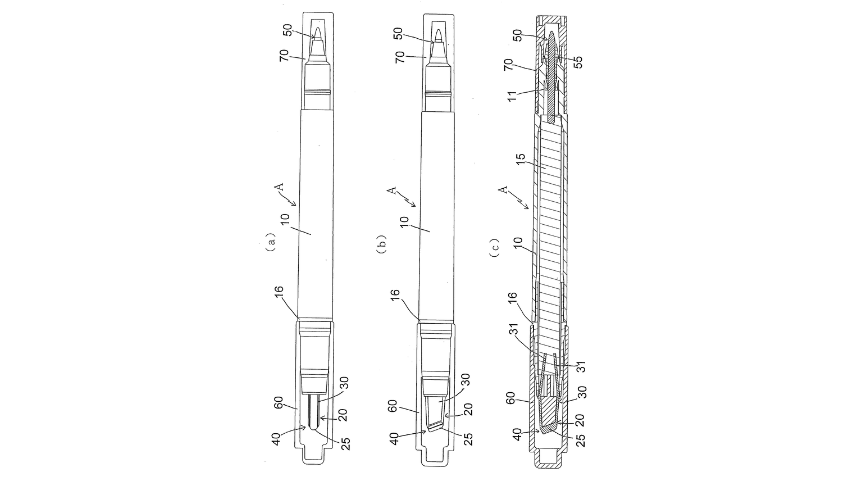
Conclusion
The skincare devices market is growing as consumers seek non-surgical treatments with minimal recovery time. These devices offer pain-free, quick, and natural-looking improvements, making them an attractive alternative to traditional procedures.
For brands looking to capitalize on this growing market, the key lies in adopting scientifically validated solutions that are easy to scale and cost-effective.
Market dynamics also play a crucial role. The Asia-Pacific region is witnessing the fastest growth in skincare devices, driven by rising incomes and tech-savvy consumers. Meanwhile, North America and Europe are seeing steady demand for at-home alternatives and sustainable solutions.
Our 2025 Beauty Devices Innovation Trend Report will help you stay ahead of these evolving trends by giving key insights into emerging technologies, market shifts, and whitespaces. Fill out the form below to access the full report.


